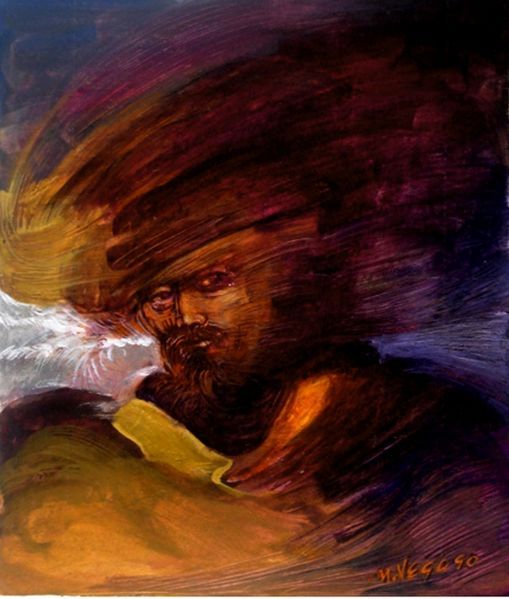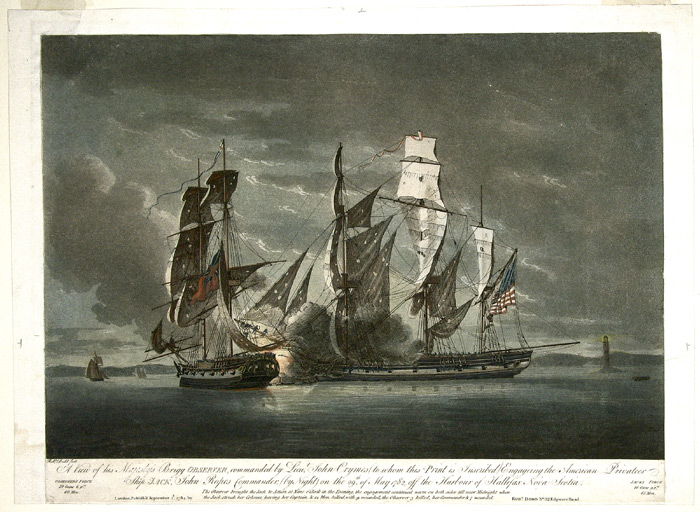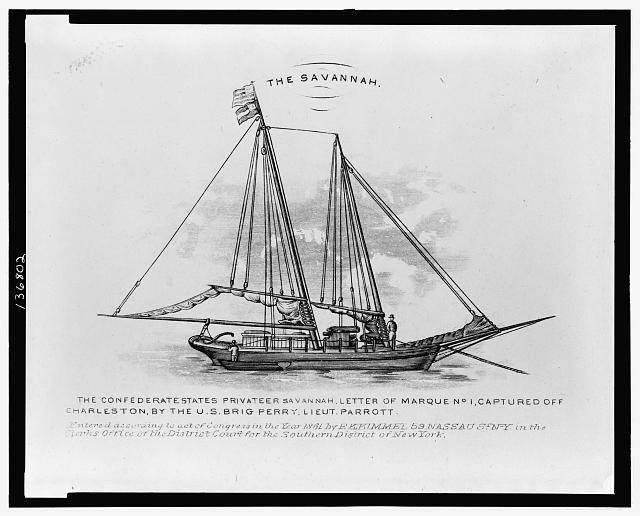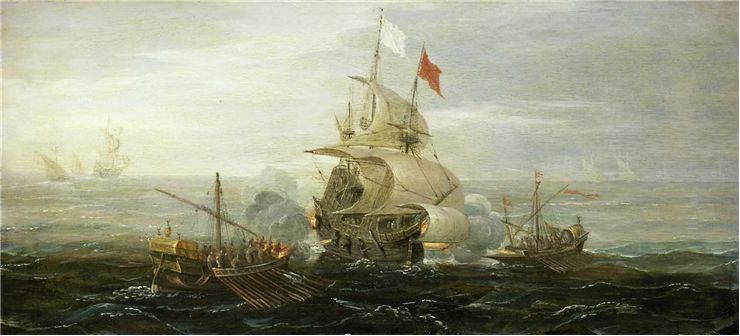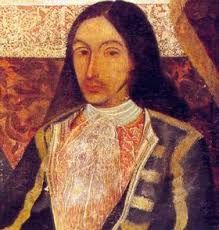The Privateers
The Corsairs
Although privateers were considered as a type of pirates, they were more like navy soldiers as the most of their actions were legal. The word privateer may represent the captain, owner of the ship, the crew or vessel itself. They were authorized mostly during the wars by the government of a country or by some group, like trading company. Besides some specific tasks, their orders were to capture or destroy vessels of enemy nation and seize their valuables. The proof of authorization was letters of marque and reprisal.
Both, the nation and privateers, benefited from those deals. Many sailors got plenty opportunity for an easy-profiting and exciting job. They could attack ships and ports without the fear of potential punishment. On the other side the privateers were drastically increasing the size of nations' navy. Whatsoever, the government didn't have to pay the crew, to arm or supply them. Instead, they even gained a great wealth as privateers were giving percent of sold plunder to their backers in exchange for their immunity.
The Privateers with a letters of marque couldn't be treated as a prisoner of war by international law. However, to the enemy country, a privateer was no much better than a classic pirate and in many occasions, privateers were prosecuted and sentenced for committing the act of piracy.
The Privateers were the most active between the 16th and 18th century, in a period when many European nations fought each other for dominance in the New World. It all began in 1243 when Henry III of England granted the first Letter of Reprisal. In following centuries, many famous commanders like Sir Francis Drake and Kanhoji Angria built names and became heroes of their nations as the privateers. They lasted until the 1856 and the Declaration of Paris. Since that year, a practice of privateering has not been legal anymore.
